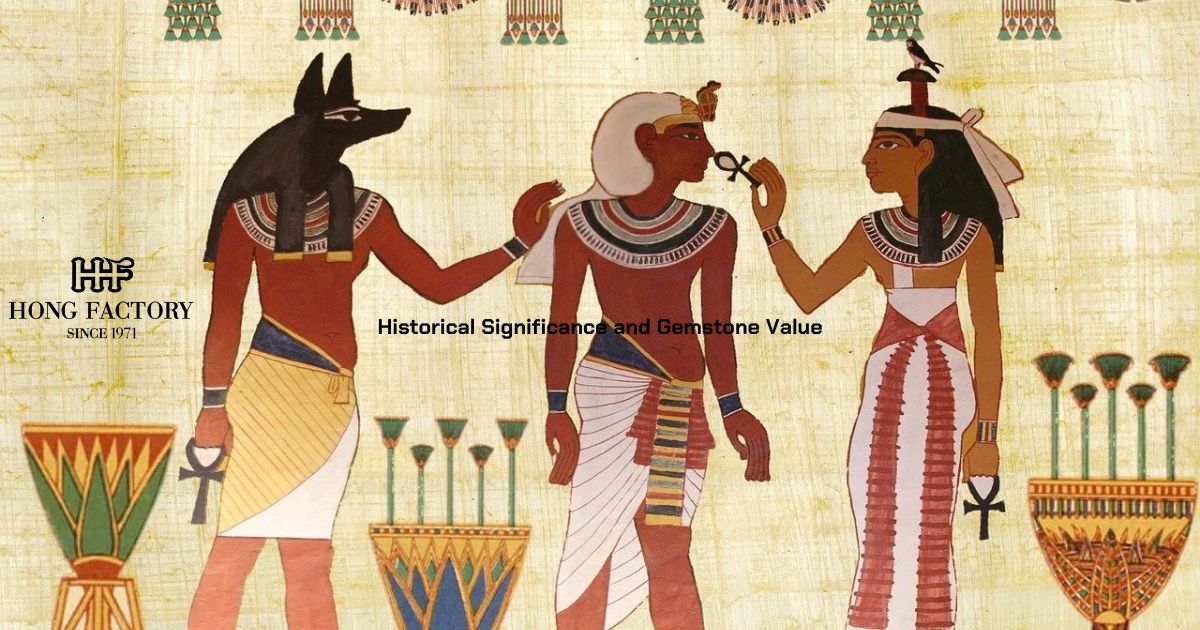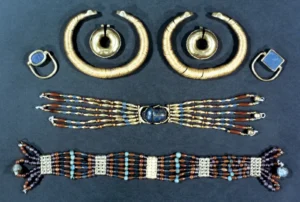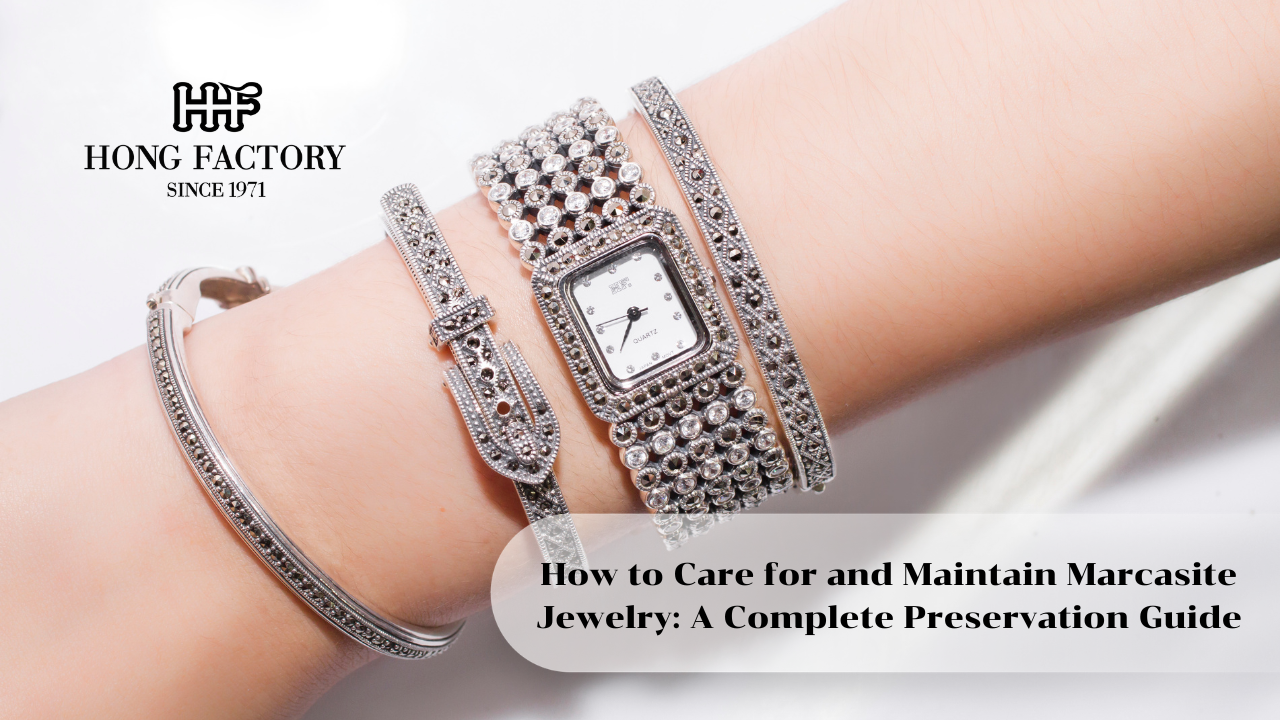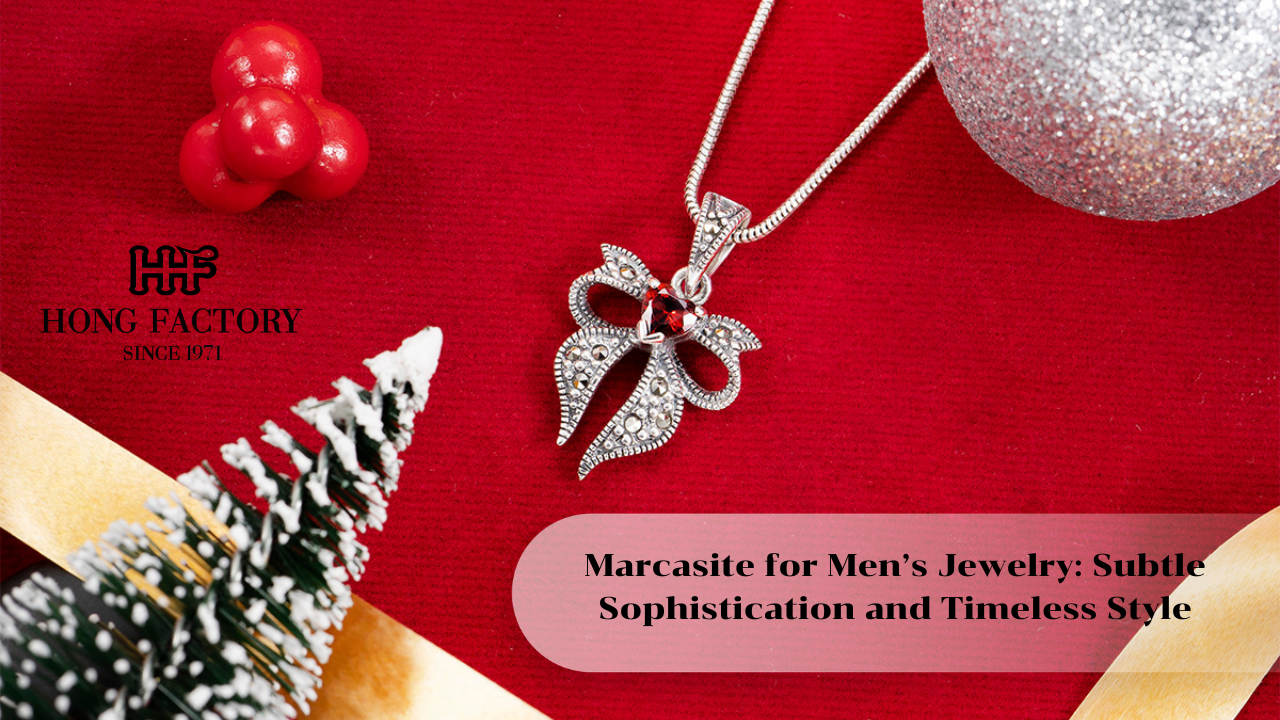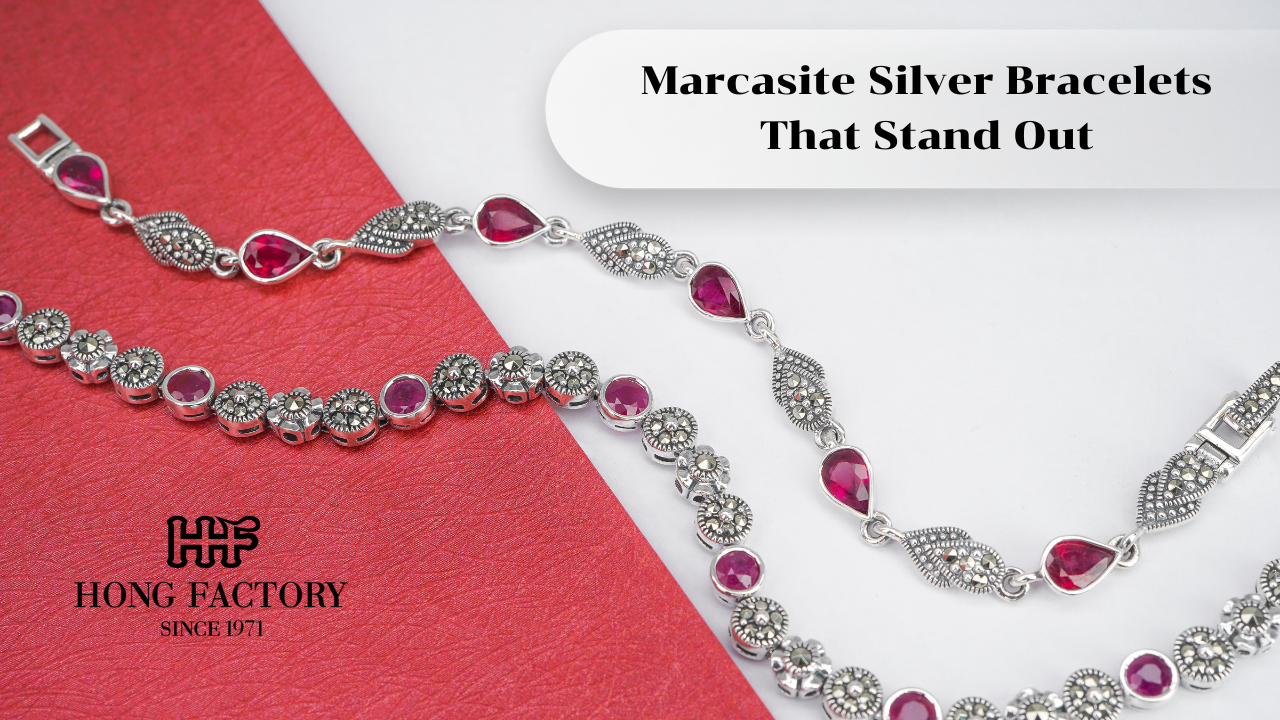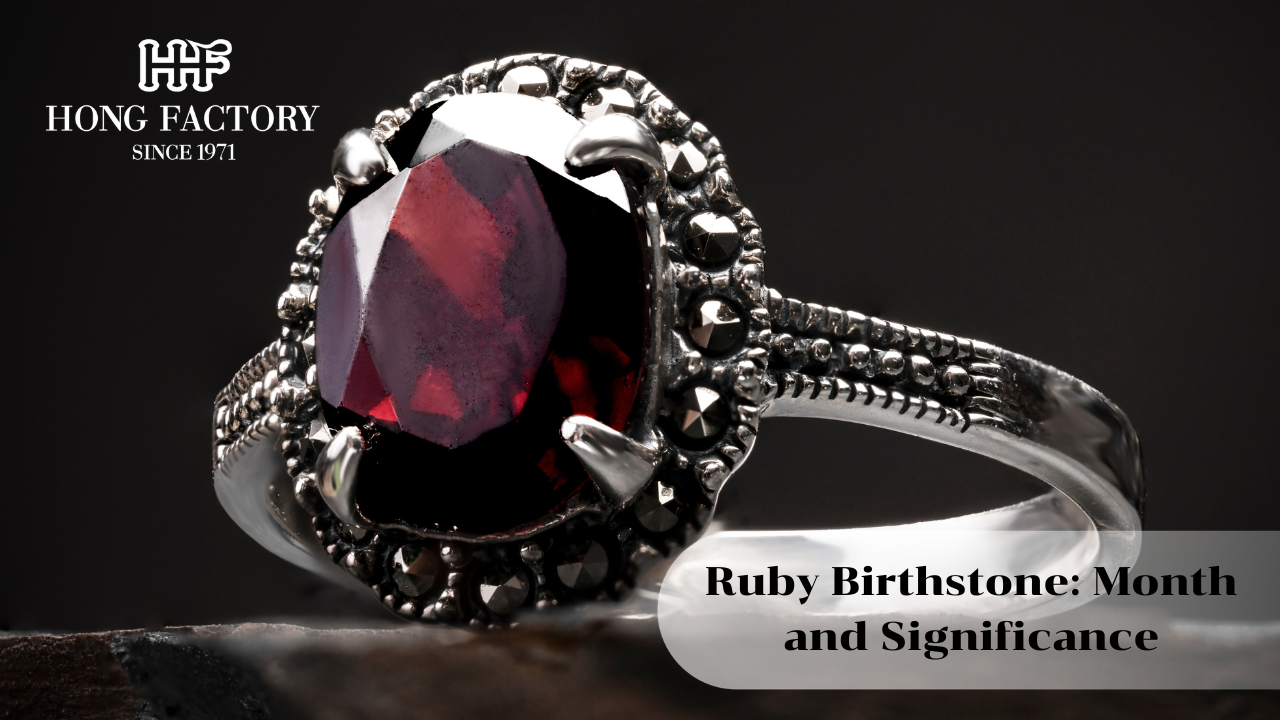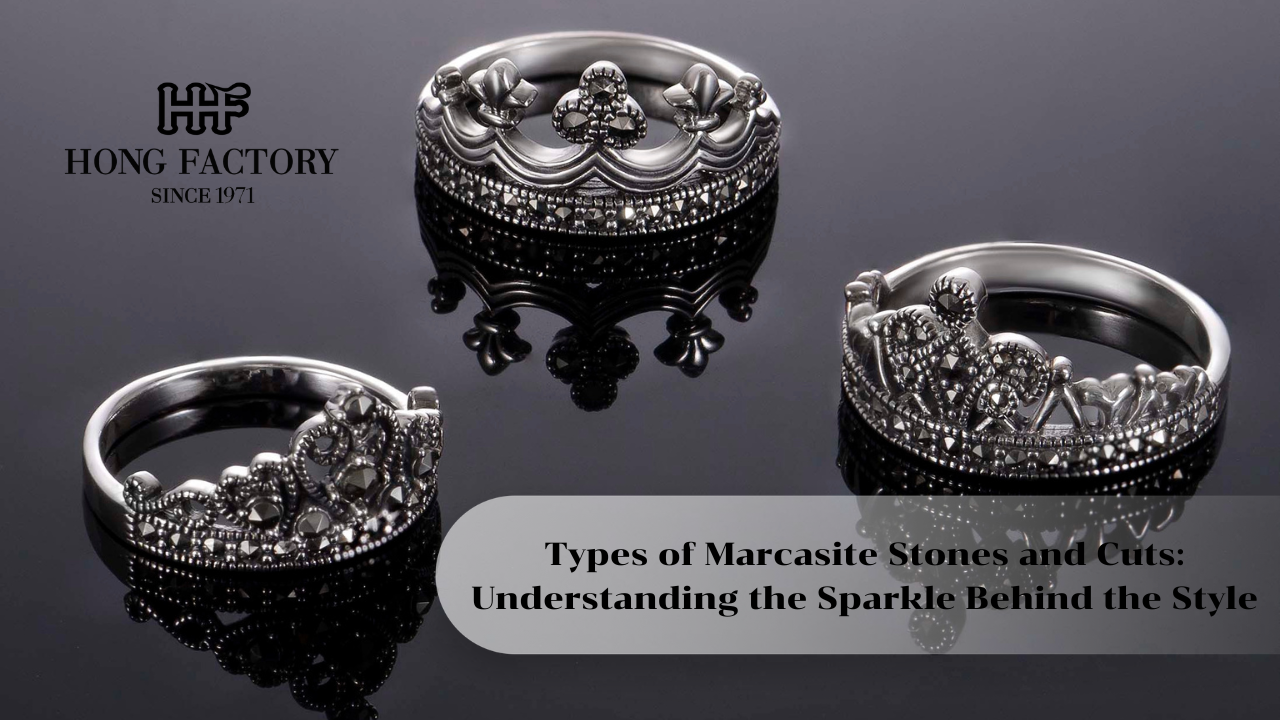Throughout history, gemstones have held immense significance in various cultures, symbolizing power, wealth, spirituality, and protection. From ancient civilizations to modern times, gemstones have not only been treasured for their beauty but also for their cultural and historical value. Understanding the historical significance of gemstones provides insights into their value, demand, and continued appeal in the global market.
Historical Significance and Gemstone Value
Ancient Civilizations and Their Use of Gemstones
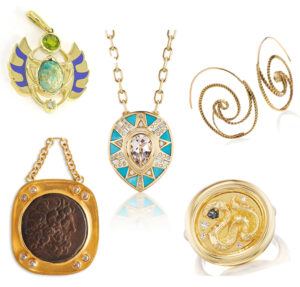
1. Egyptian Gemstones and Symbolism
- Ancient Egyptians prized gemstones such as lapis lazuli, turquoise, and carnelian.
- Lapis lazuli was associated with royalty and divinity, often used in the burial masks of pharaohs, including the famous mask of Tutankhamun.
- Gemstones were believed to provide protection in the afterlife, and many amulets were adorned with precious stones for spiritual safeguarding.
2. Mesopotamian and Persian Influence
- The Mesopotamians used gemstones like agate, jasper, and lapis lazuli in cylinder seals, which acted as personal signatures for business and legal transactions.
- Persian royalty adorned themselves with exquisite rubies and emeralds, believing them to be symbols of divine power and prosperity.
3. Indian Gemstone Heritage
- India has a long-standing history with gemstones, particularly diamonds, sapphires, and emeralds.
- The Koh-i-Noor diamond, one of the most famous diamonds in the world, originated in India and was passed through many royal families before becoming part of the British Crown Jewels.
- Indian Maharajas used gemstone-adorned jewelry not just for adornment but as a representation of status and power.
4. Chinese and East Asian Influence
- Jade has been one of the most revered gemstones in China for over 5,000 years, symbolizing purity, wisdom, and immortality.
- Ancient Chinese emperors were buried with jade suits, believing it provided protection in the afterlife.
- Pearls were also highly valued, signifying wealth and nobility in Chinese culture.
Gemstones in Medieval Europe
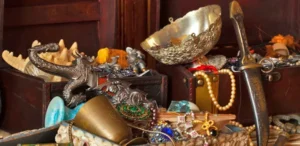
1. Royal and Religious Importance
- European monarchs adorned themselves with gemstones such as sapphires, rubies, and amethysts to signify divine right and authority.
- The British Crown Jewels contain some of the world’s most famous gemstones, including the Black Prince’s Ruby and the Stuart Sapphire.
- The Catholic Church used gemstones extensively in religious artifacts, chalices, and cathedral decorations.
2. Protective and Mystical Beliefs
- Medieval knights wore gemstone-encrusted armor and amulets, believing they provided strength and protection in battle.
- Amethysts were considered to have calming properties and were used to prevent intoxication, hence their popularity among royalty and clergy.
The Renaissance and the Evolution of Gemstone Valuation
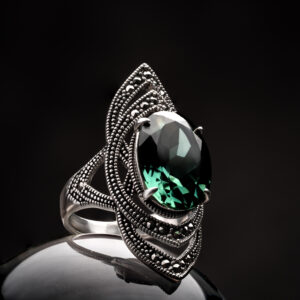
- The Renaissance period saw the development of gemstone cutting techniques that enhanced their brilliance and appeal.
- Venice and Florence became major centers for gemstone trade, with merchants importing exotic stones from the Middle East and Asia.
- The introduction of faceting increased the value of gemstones, as it allowed for better light reflection and color enhancement.
The Industrial Revolution and the Rise of Gemstone Commerce
- The discovery of diamond mines in South Africa in the 19th century revolutionized the gemstone industry.
- The De Beers company played a significant role in shaping the diamond market, introducing the concept of engagement rings as a cultural norm.
- The accessibility of gemstones increased with advancements in mining and transportation, making them available to a wider audience.
The Modern Influence of Historical Gemstones
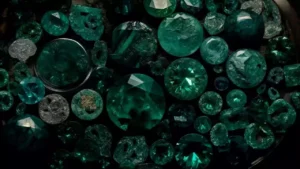
- Famous Auction Sales: Historically significant gemstones continue to fetch high prices at auctions. For example, the Hope Diamond, a 45.52-carat blue diamond, remains one of the most valuable gemstones in the world due to its history and rarity.
- Cultural and Astrological Beliefs: In contemporary times, gemstones are still associated with astrological and spiritual significance, influencing purchasing decisions in markets such as India and China.
- Investment and Collectibility: Many investors and collectors seek historically significant gemstones, as their provenance adds value beyond their physical characteristics.
How Historical Significance Affects Gemstone Value
- Rarity and Provenance: Gemstones with historical importance, such as those owned by royalty or linked to significant events, command higher values.
- Cultural Demand: Some gemstones hold deep cultural importance in specific regions, increasing their desirability and price.
- Preservation and Certification: Museums and private collectors seek historically important gemstones, ensuring their continued appreciation in value over time.
The historical significance of gemstones has played a crucial role in shaping their value and desirability. From ancient civilizations to modern-day collectors, gemstones have remained symbols of power, status, and wealth. Understanding their historical journey not only enhances appreciation for these precious stones but also provides insight into their long-term market value. As time progresses, gemstones with a rich history continue to captivate enthusiasts and investors alike, ensuring their legacy for generations to come.

